YardConnect
Enhancing overall supply chain efficiency through IoT-based trailer tracking system to optimize yard operations in distribution centers and warehouses.
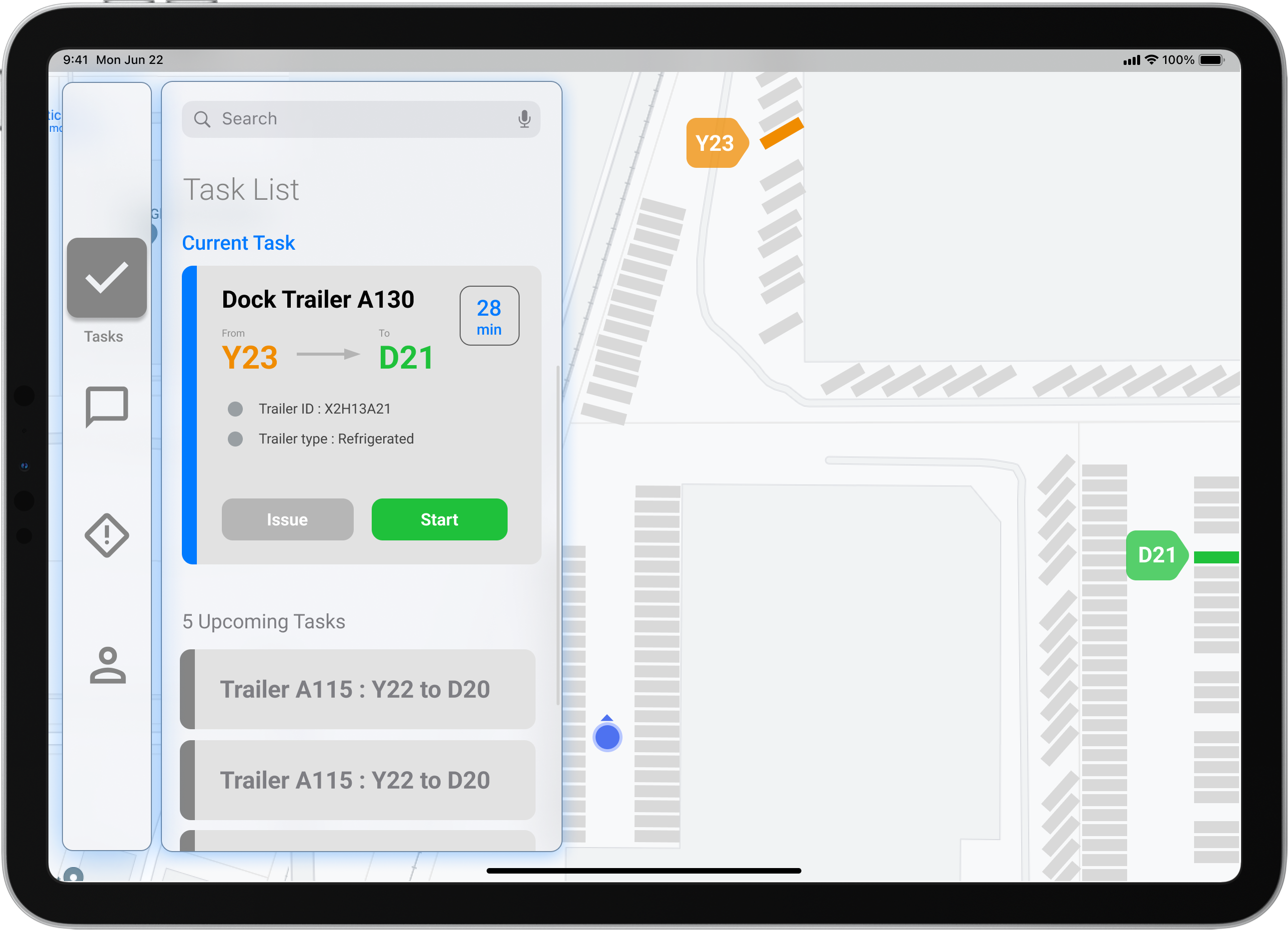
Overview
Client
LHP & Ring-Co
LHP Engineering Solutions Specializes in engineering and technology services including data integration, cybersecurity, model-based design and simulation, and functional safety. Ring-Co focuses on commercial mobility and trucks.
Project duration
Aug 22 - May 23
Challenge
Current yard management rely on manual processes, which can be time-consuming, error-prone, and can result in inefficiencies. LHP & Ringco seeks to create a customer-focused, yard management system that distinguishes them as a leading provider in the industry.
Solution
An IoT-based trailer tracking system to provide real-time visibility of trailers within the yard to improve the efficiency of yard drivers.
Role & Collaboration
As a Product Designer, I led the UX efforts delivering :
• Design Strategy
• Final Hi-Fidelity Prototype.
I worked alongside a Researcher and UX strategist
Impact
An IoT-based trailer tracking system to provide real-time visibility of trailers within the yard to improve the efficiency of yard drivers.
Process
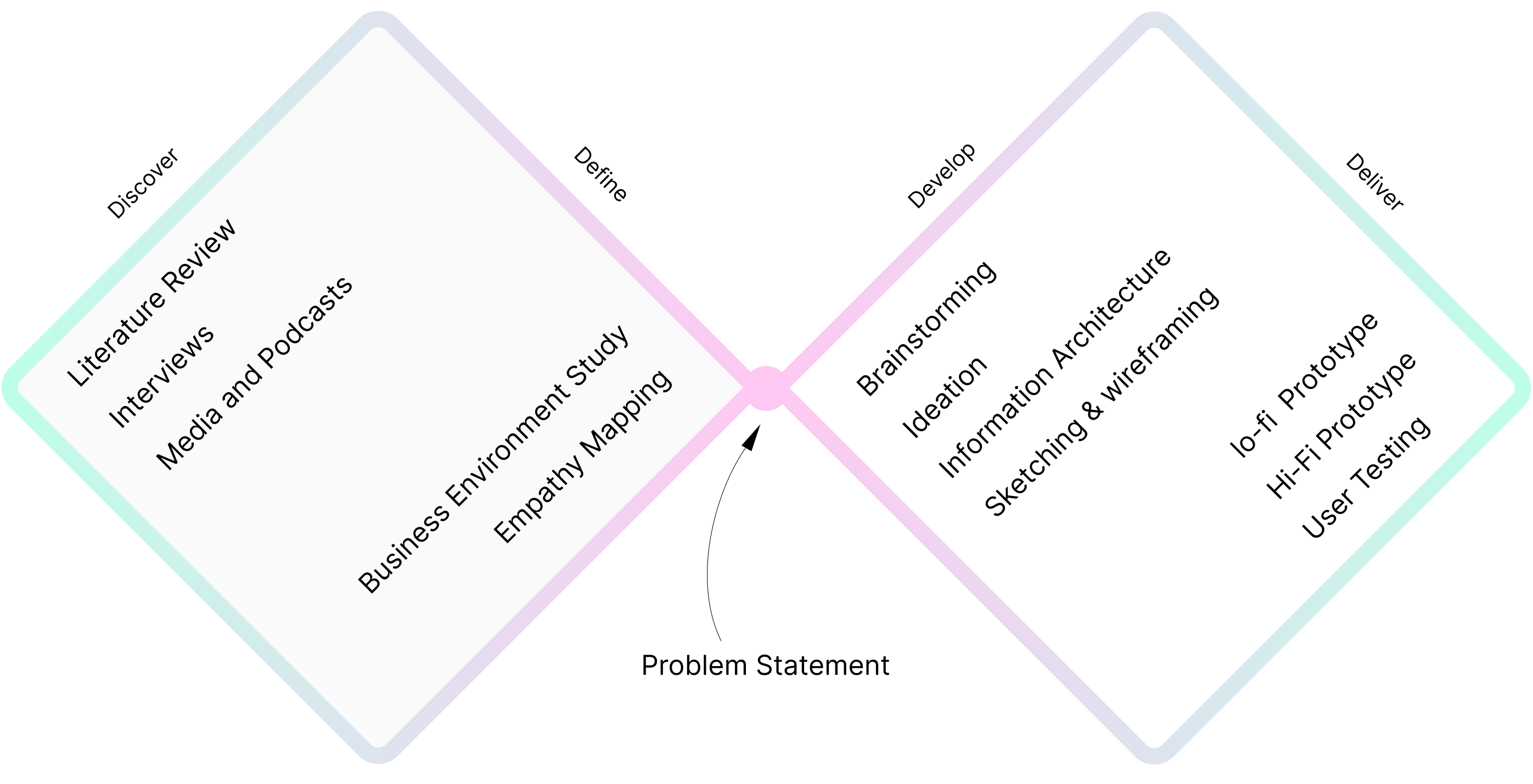
Research
Business Environment Study
We began by conducting a literature review and collecting data to gain a comprehensive understanding of the business environment related to logistics, warehouse, and transport management. We employed the Business Environment Study method to achieve a holistic perspective of the field.
Why: To understand the key market trends and evolving customer needs in the current domain.
Interviews
To supplement the information obtained through secondary research, we conducted two semi-structured interviews with warehouse managers to gather additional data.
Challenge: We had intended to conduct additional interviews with yard drivers, however, scheduling conflicts resulted in our inability to connect with them.
Media and Podcasts
To understand the operations in the yard and the responsibilities of drivers, we examined videos and podcasts related to yard management.
Why: This approach was adopted as an alternative solution to the challenge of obtaining interviews with yard drivers, who were not available due to scheduling conflicts.
Discoveries

Locating Assets
The lack of visibility into the trailer assets and inventory in the yard is causing inefficiencies in trailer movement, resulting in higher costs and reduced efficiency for yard jockeys.
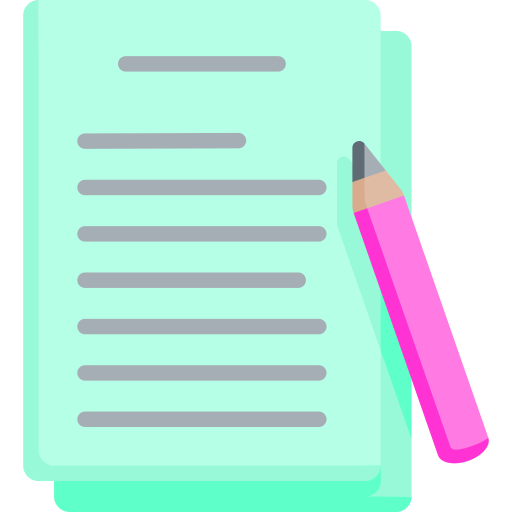
Outdated information
The reliance on manual methods such as chalkboards and paper records by yard teams, which are not dynamically updated or electronically maintained, results in a reactive approach to operations.
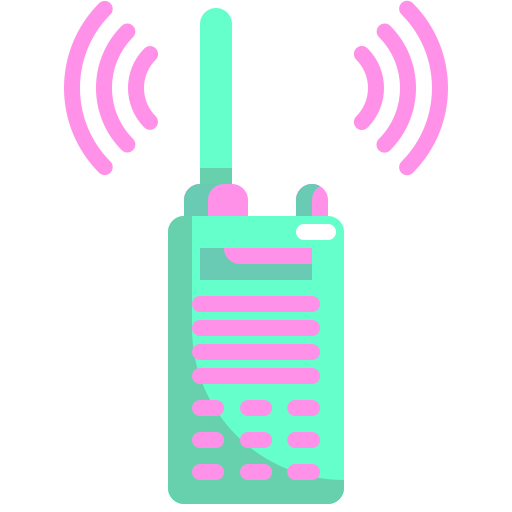
Information overload
The use of radio communication to convey information such as trailer movement instructions may result in important information being missed by drivers.
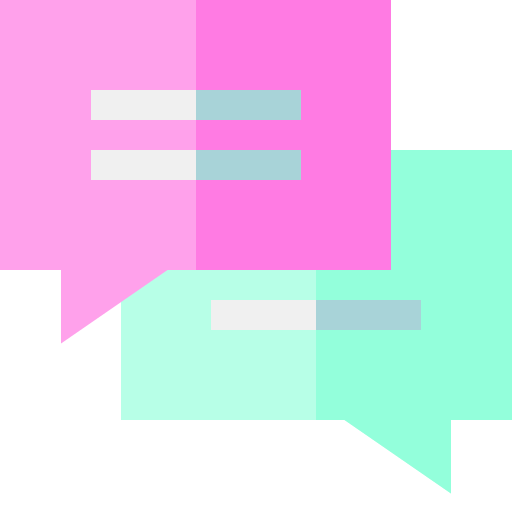
Poor accountability
The lack of visibility into the trailer assets and inventory in the yard is causing inefficiencies in trailer movement, resulting in higher costs and reduced efficiency for yard jockeys.
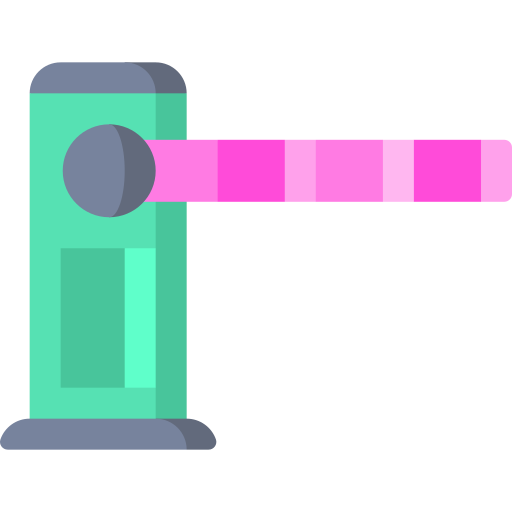
Yard Gate Bottleneck
Collecting, verifying, and keeping records for each trailer that enters or exits a yard can be time-consuming and lead to traffic congestion at the yard gates.
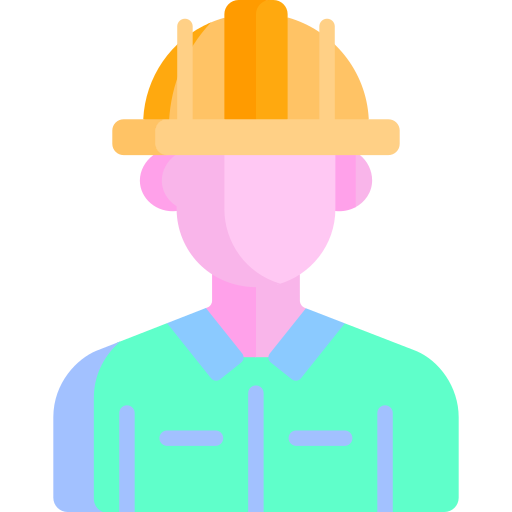
Shrinking Labour Pool
The shortage of trained yard jockey drivers is a growing issue in the transportation and logistics industry.
Problem Definition
Based on our key insights we defined our problem as
How might we automate manual yard operations of warehouse and distribution centers to increase supply chain efficiency?
Ideation
Brainstorm
I used the Brainwriting method with my team, where we generated ideas in the first round individually and then collaborated and iterated further by mixing and consolidating the ideas.
Results of our second brainstorming.

From our brainstorming session, we consolidated our ideas and formed three ideas.

Idea # 1
Gate scheduling program to distribute incoming traffic and alleviate gate congestion.

Idea # 2
A hand-held device for yard drivers to track asset location and movement automatically.

Idea # 3
Using remote driving technology to reduce the number of human truck drivers needed.
Idea Selection
Our team used desirability, viability, and feasibility as criteria to select ideas that meet user needs and have a strong potential for success.

Desirability: Alignment with user needs and positive user experience Viability: Financial sustainability and scalability
Feasibility: Technical implementation with available resources and within the project scope.
Viability: Financial sustainability and scalability

Idea # 1
Gate scheduling program to distribute incoming traffic and alleviate gate congestion.
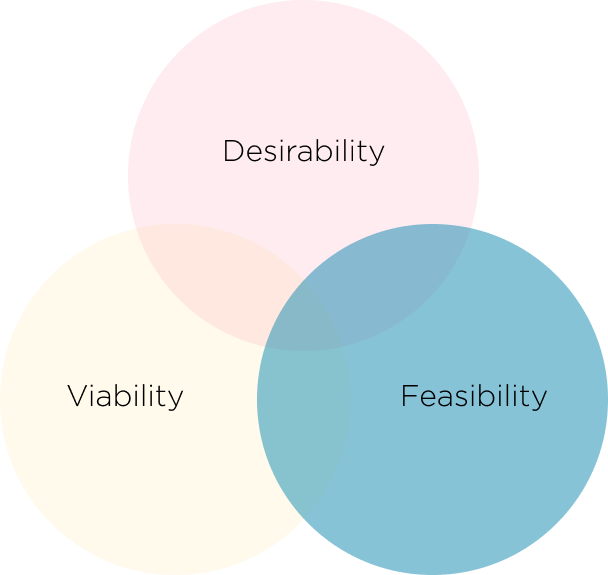

Idea # 2
A hand-held device for yard drivers to track asset location and movement automatically.
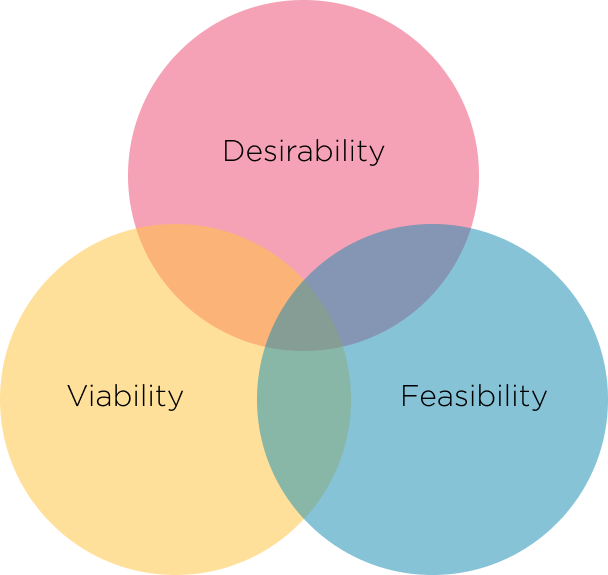

Idea # 3
Using remote driving technology to reduce the number of human truck drivers.
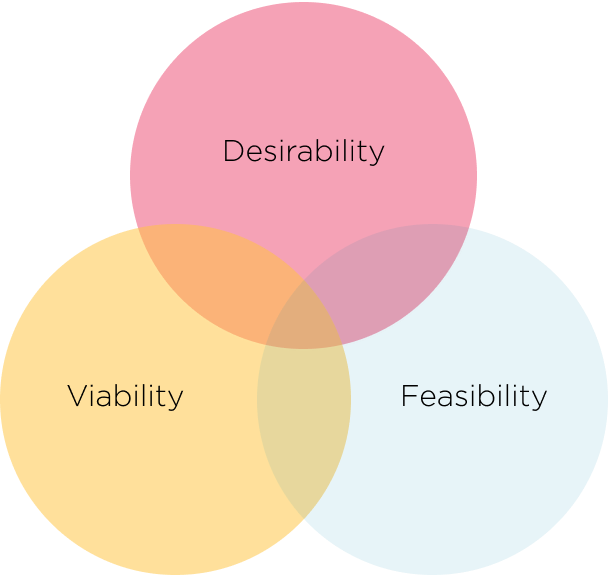
✘ Desirability: Gate congestion is a smaller part of the problem.
✓ Desirability: Solving Asset location reduces late penalties.
✓ Desirability: Next level of automation.
✓ Feasibility: The idea is easy to develop and implement.
✓ Feasibility: The idea is technically feasible.
✘ Feasibility: Regulatory restrictions.
✘ Viability: There are other gate scheduling software available in the market.
✓ Viability: Initial investment will breakeven through increased efficiency.
✓ Viability: Requires substantial time and investment to breakeven.
Final Idea
Based on desirability, feasibility and viability the idea we developed further was
A hand-held device for yard drivers to track asset location and movement automatically using Bluetooth Low Energy sensors for location tracking
Prototyping
Defining Features
While creating the features, I took into consideration the challenges and difficulties that were identified during our research and transformed them into features that would meet the needs of our target users, Yard Jockey Drivers.
Pain Points
Features
Difficulty in Locating assets.
Real Time Map of the yard.
Outdated Information of Trailers
Electronically maintained log.
Reactive approach of operations.
Updated Prioritized task list
Walkie talkie Information overload.
One-to-One Communication.
Sketching
I rapidly explored different information layout for our tablet application throught sketching below are my iterations and how I arrived at the final layout.
Iteration #1
The first iteration involved translating the information architecture into a basic sketch of interface for the tablet application which included defining the layout & navigation.
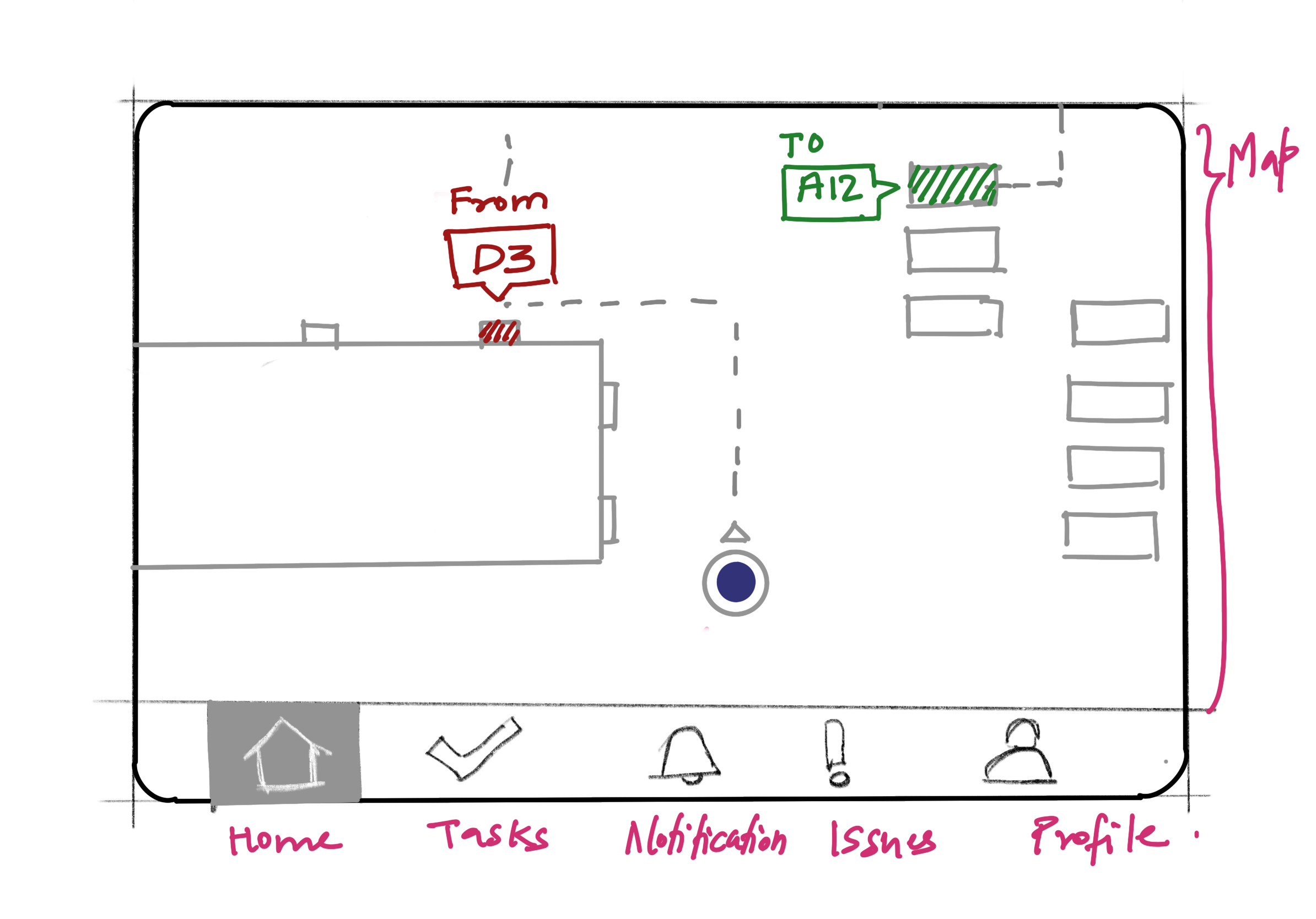
Iteration #2
To reduce cognitive overload and improve user experience, the task and map pages have been combined into a single page, allowing users to access all relevant information in one convenient location.
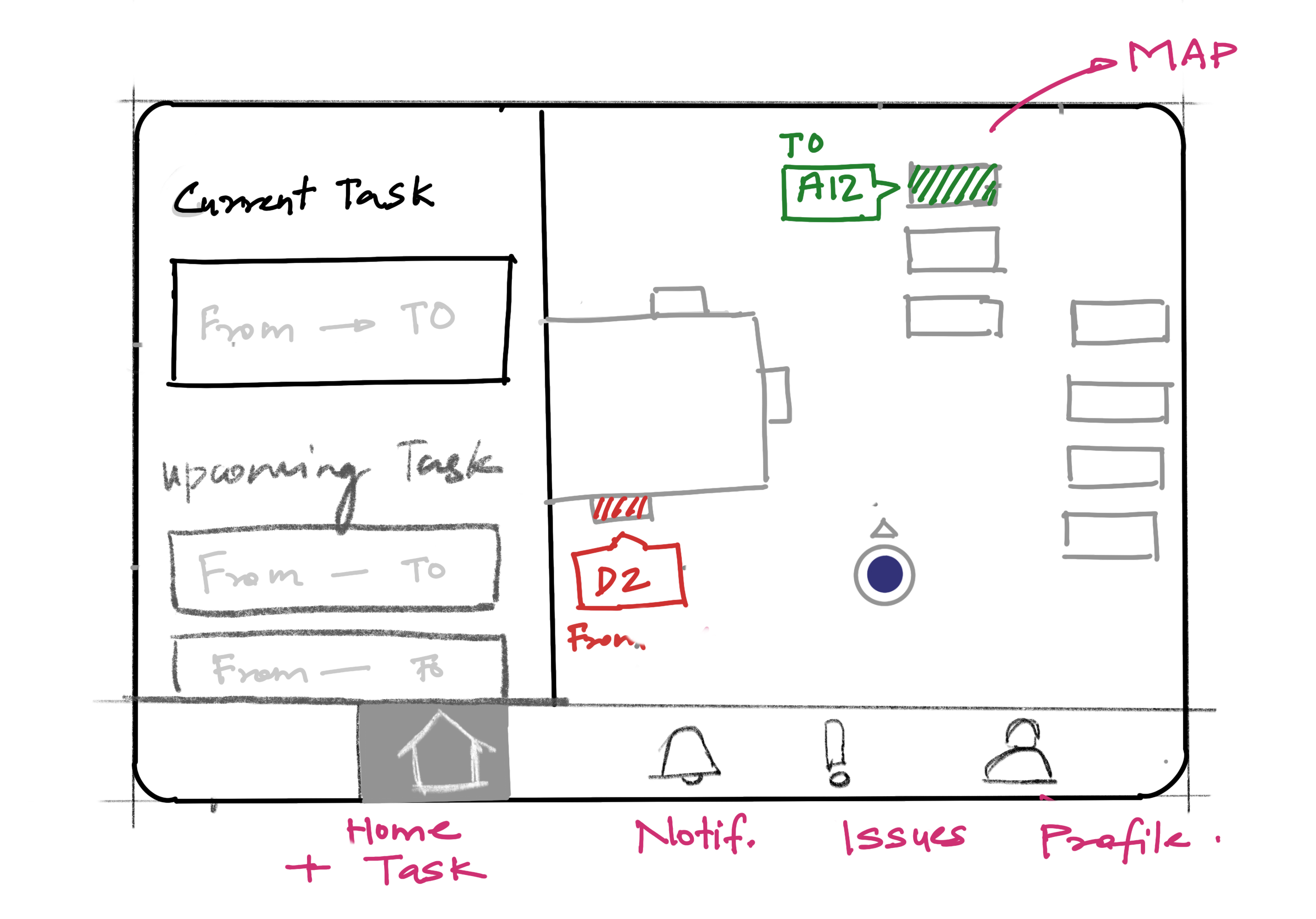
Iteration #3
Additionally, the navigation tab has been moved to the left side of the screen, as this position is more accessible to the driver when the device is mounted on the dashboard of a truck.
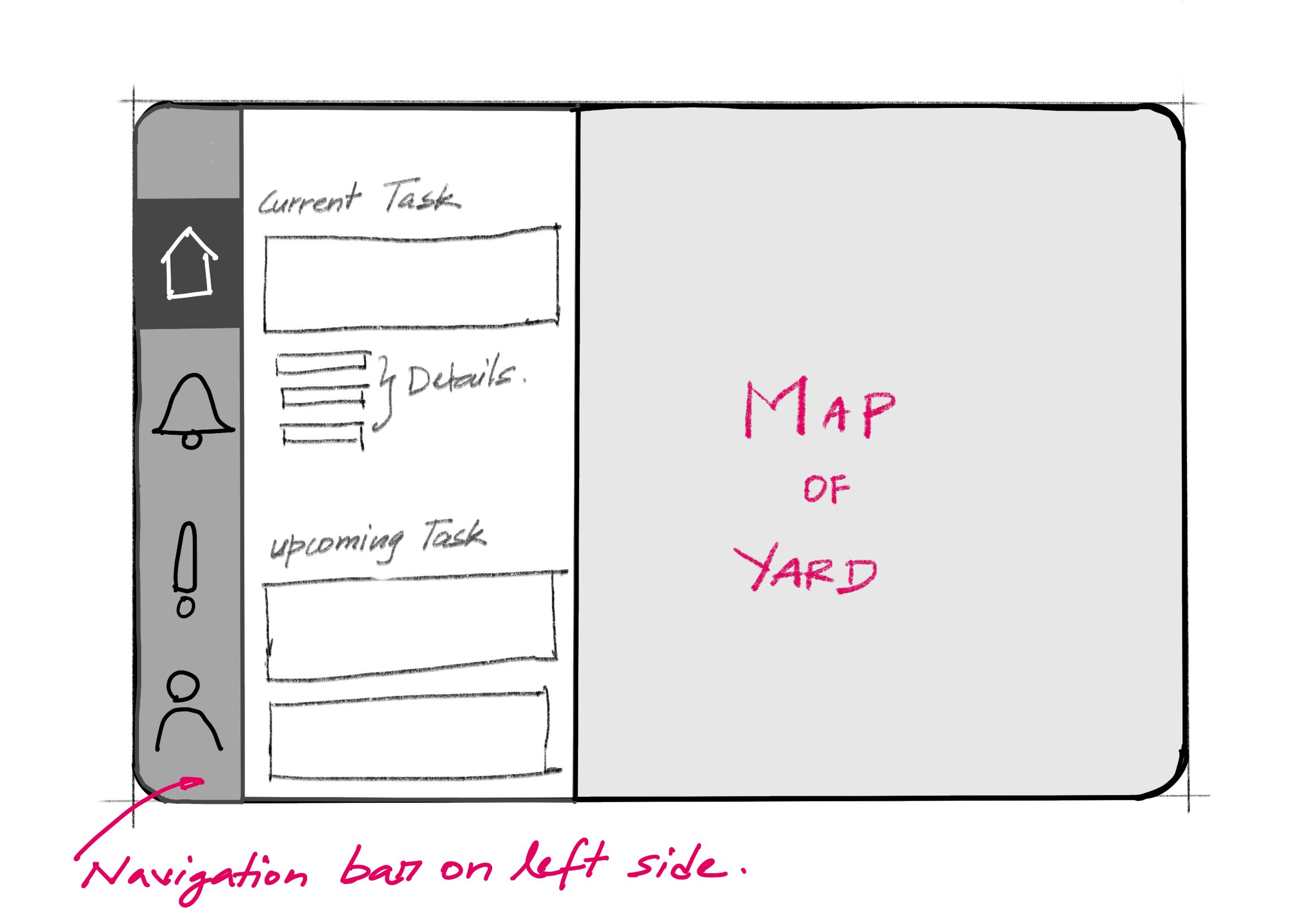
Wireframing & Testing
Once I created the sketches, my next step was to create low fidelity wireframes for the key features. I leveraged my team to understand if my lo-fi design directions were intuitive and easy to use before creating high-fidelity designs.

After conducting a think aloud session and gathering individual feedback from my team members on the wireframes, I made the following changes.
Change #1
Moved the trailer details from the maps to the side panel for better legibility.
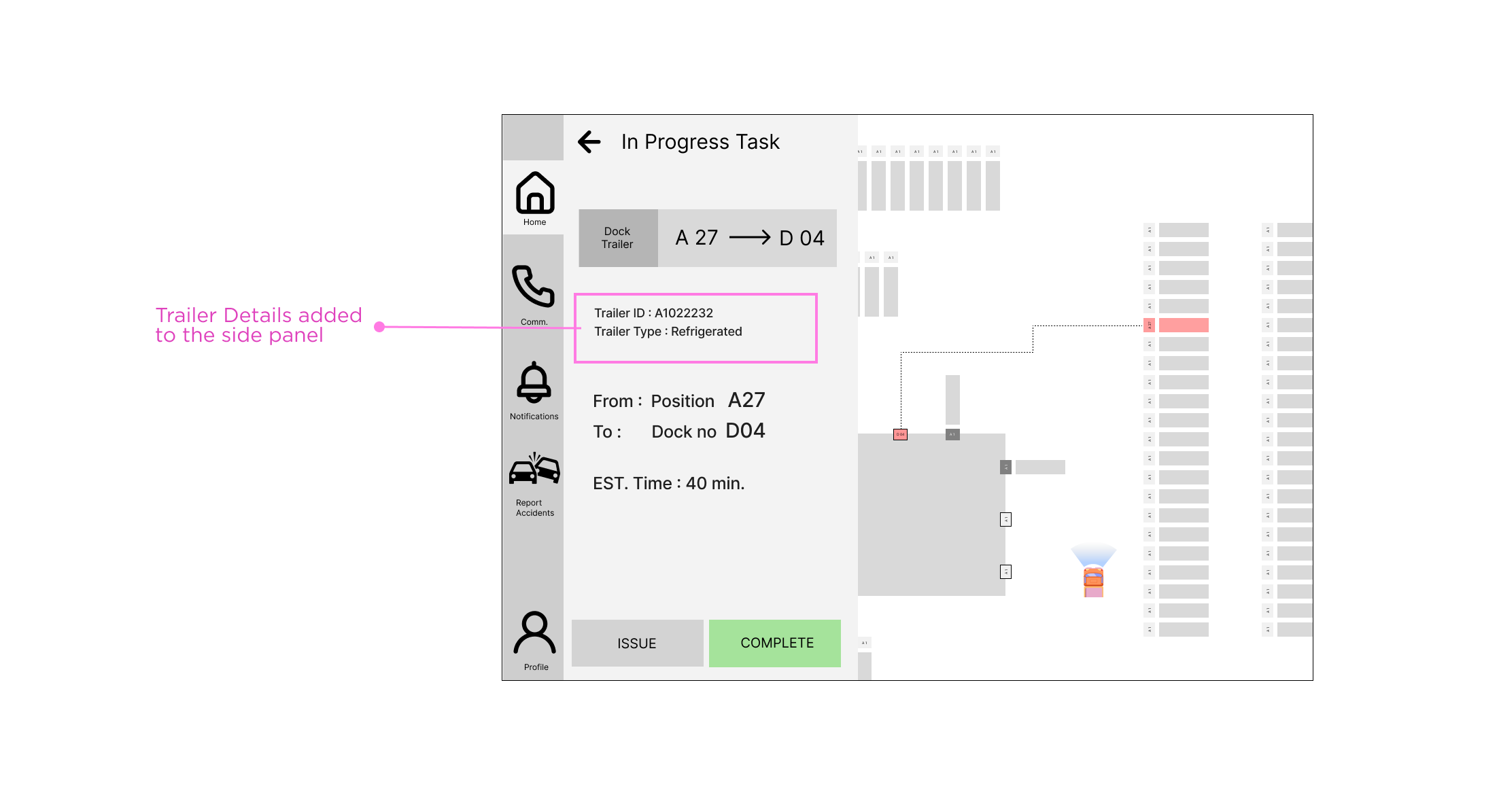
Change # 2
Created markers highlighting the locations in consideration.

High fidelity Prototyping
While creating the design language of the application I used the below as a guide.
1. A focused distracting-free experience by using colors only for important information and call to action.
2. Ample space between the interactive elements as they would be easy to tap while driving.
3. Use legible fonts which is critically important while driving.
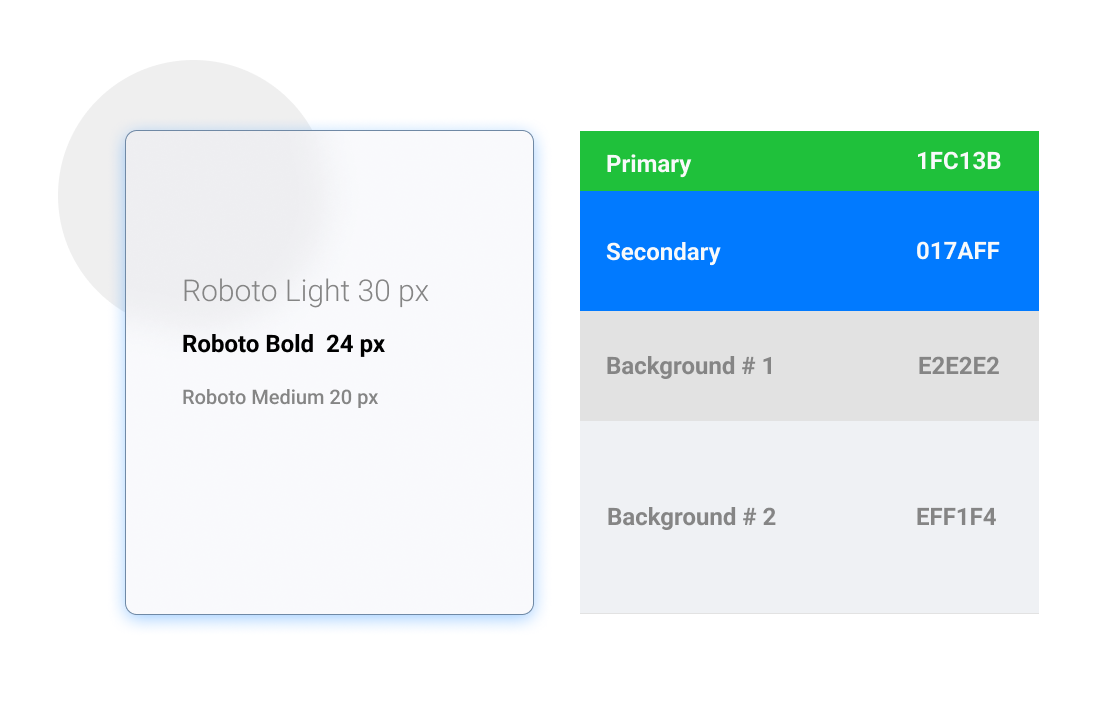

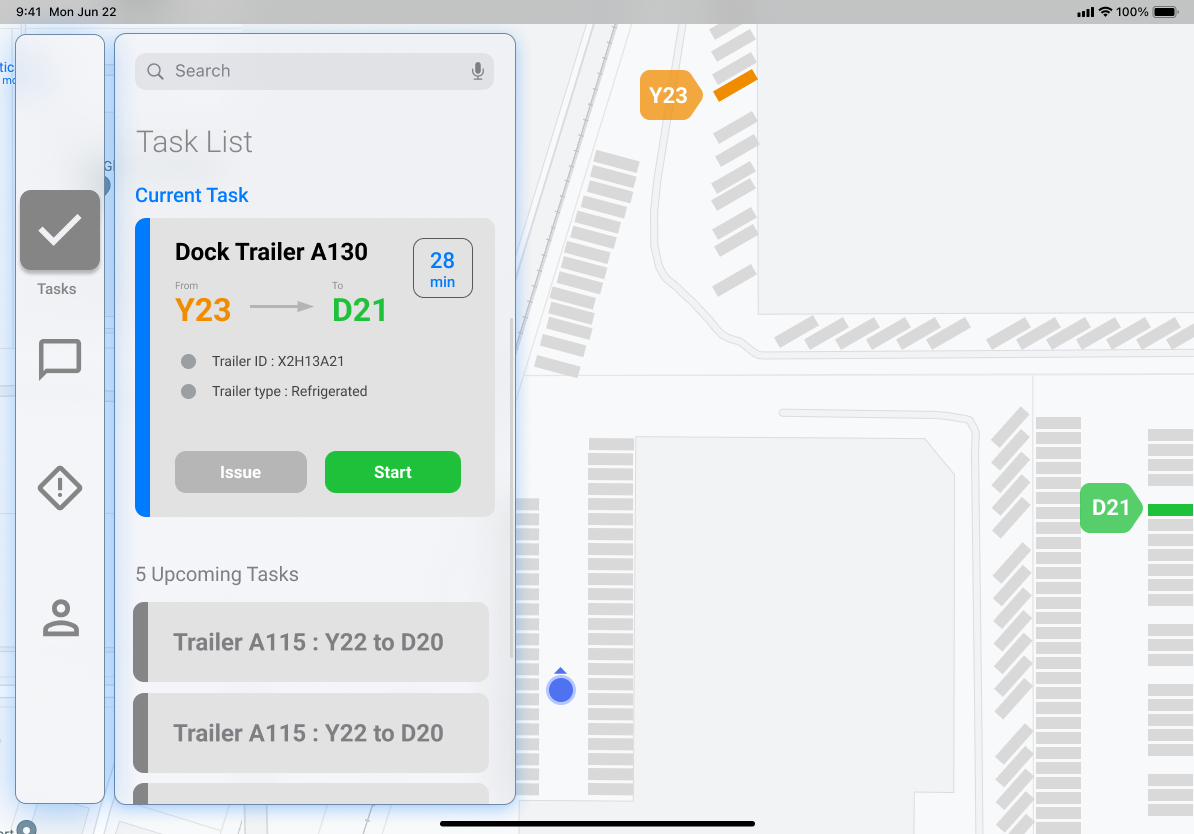
Usability Testing
Next, I partnered with my researcher to test the completed prototype with my clients and yard jockeys. Testing with end-users helped me uncover some key learnings which shaped my final version.
Issue # 1
The next task starts automatically, which may confuse the user about changing tasks.
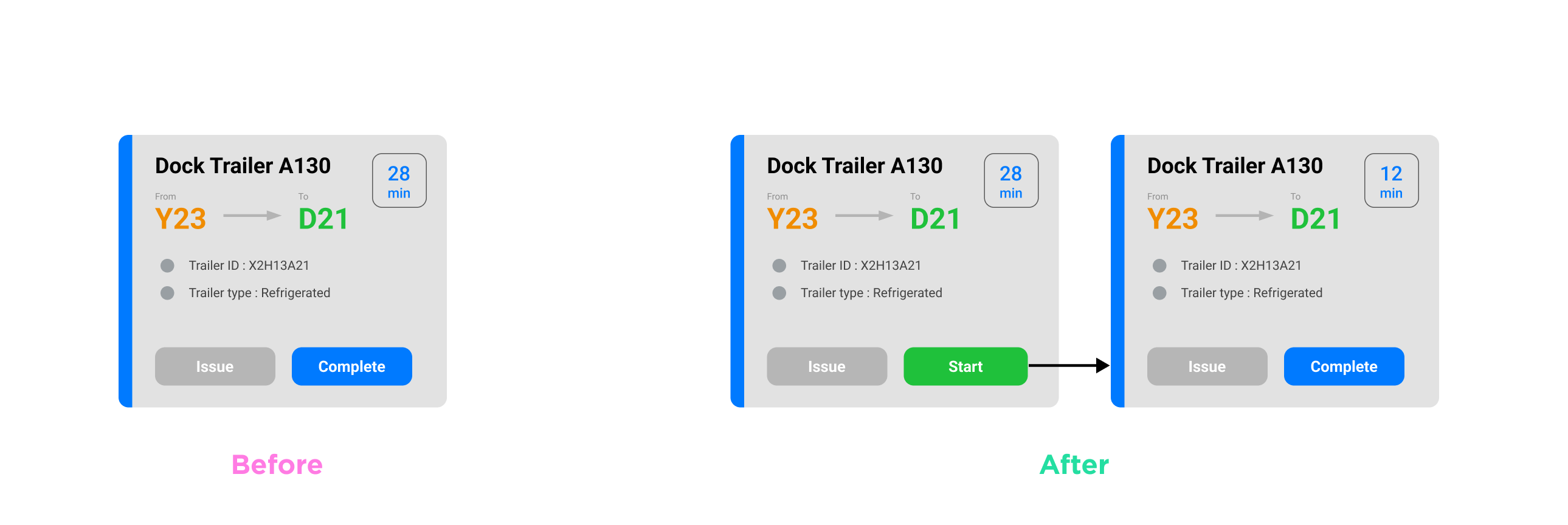
Issue # 2
Request for a call function in the app, believing it to be the quickest method of communication among drivers.
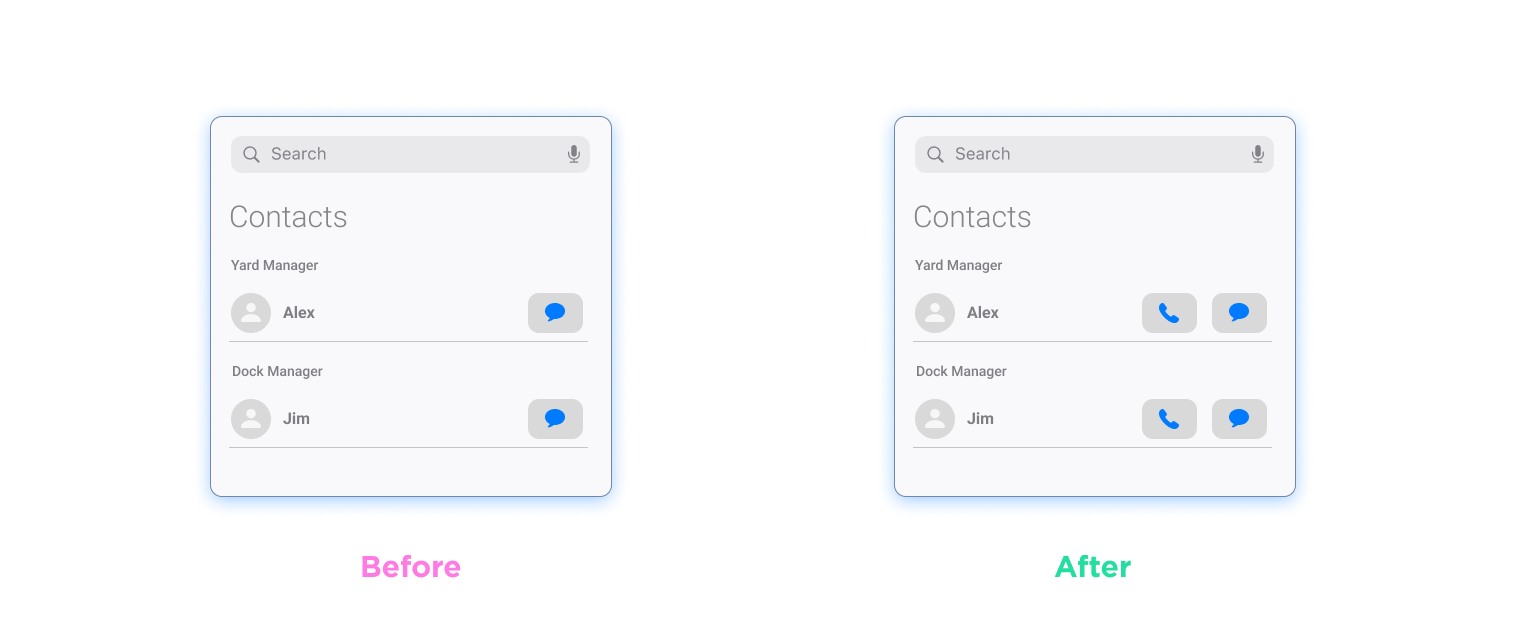
Impact & Reflection
We aligned on efficiency as our key impact metric which was measured by the time taken to find the location of trailers.
Currently, yard jockeys communicate trailer locations through pen and paper and often lose up to 20 min in miscommunication and clarification. When measured against the current process.
YardConnect only took 3-5 minutes avg. to locate a trailer hence improving the overall efficiency by 12%.
© 2024 | varundinesh.com |
